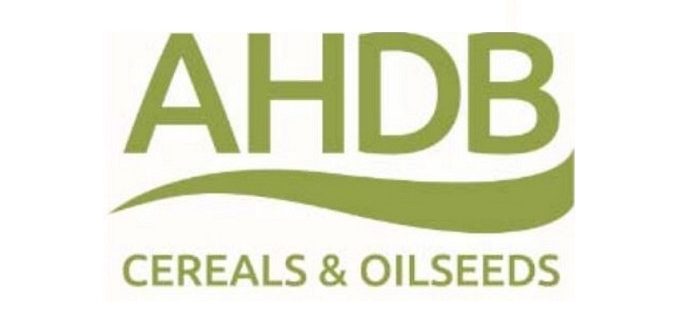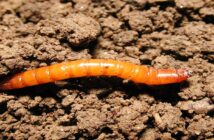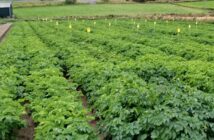The management of virus-spreading aphids in winter cereal crops is the subject of a new AHDB research call.
It forms part of a strategic investment in work on barley yellow dwarf virus (BYDV) risk and integrated pest management (IPM) strategies in cereals.
Up to £190,000 is available for the three-year project that aims to develop targeted control of the main virus vectors – bird cherry–oat aphid and grain aphid.
As part of a current 12-month pilot study, the feasibility of a field-specific decision-support system for BYDV is being investigated. Due to report in autumn, the work included an industry survey that received 200 responses. Strong support for research in this area was declared. In particular, respondents cited the development of an autumn treatment threshold for aphids as a priority (chosen by 93% of respondents).
Interim results from the pilot work have helped to shape the current call, which focuses on monitoring and decision support.
Currently, AHDB provides two key monitoring tools: Aphid News, which indicates the levels of cereal aphids flying across Great Britain, and a BYDV management tool, which estimates aphid development to guide spray decisions.
Such tools can focus monitoring efforts but do not provide an accurate picture of field-level risks. Consequently, the call aims to develop approaches to monitor aphid and virus pressures, both at the landscape level and in the field, more accurately.
As part of the pilot study, yellow sticky traps have been used to identify and count the aphid species present at commercial and trial sites. Aphid samples, extracted from the same traps, were also used to confirm whether BYDV was present.
Charlotte Rowley, who manages pest research at AHDB, said: “The pilot work has laid the foundation for the development of more accurate decision-support tools. The information on virus levels is particularly novel. This autumn, we will work with Rothamsted Research and publish weekly information, via Aphid News, on the presence of BYDV in aphid samples collected from five suction traps.”
Identification and quantification of the key factors that influence the level of aphid immigration or risk of BYDV transmission is a second aim of the call.
Charlotte said: “Large differences in aphid pressures, between and within fields, were found in the pilot study. The new work will look closely at the reasons behind such differences. It will help us get a better handle on what causes the variability, and put us one step closer to decision-support tools for targeted treatment.”
Applications for funding need to be received by 5 August 2019. Further details on the call can be accessed via ahdb.org.uk/procurement




